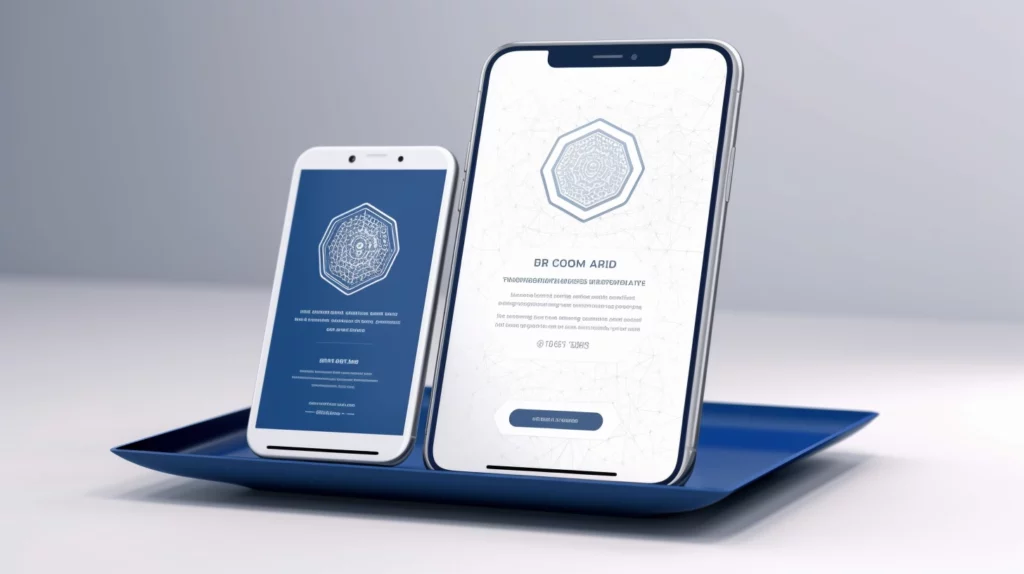In today’s mobile-dominated world, it’s more important than ever to ensure that your certificates are optimized for viewing on mobile devices. A certificate that looks excellent on a desktop screen can lose its impact and readability when viewed on a smaller, mobile screen. Here, we’ll go through some key considerations and practical steps to optimize certificates for mobile devices.
Responsive Design
Responsive design ensures that your certificate adjusts automatically to the screen size on which it is being viewed. This means that whether your certificate is viewed on a desktop, tablet, or mobile phone, it will always look its best. Many modern design tools offer features or templates that are responsive by default. When designing a certificate, ensure that you’re using a responsive layout or template.
Readability
On smaller mobile screens, text can often become difficult to read. To combat this, you should use larger font sizes and clearer typefaces. Sans-serif fonts are generally more readable on screens. Be sure to test your certificate on multiple screen sizes to ensure that all text remains legible.
Simplicity
When it comes to mobile optimization, less is often more. Keep your designs simple and uncluttered. Avoid using too many different colors, fonts, or complex graphical elements. A simpler design will not only look better on smaller screens but will also communicate the key information more effectively.
File Size
Mobile devices often have slower internet connections and less processing power than desktops. Therefore, it’s crucial to keep the file size of your certificates as small as possible. This can be achieved by optimizing images and graphics and by keeping designs simpler. Remember that a slow-loading certificate can lead to a poor user experience.
Mobile-Friendly Formats
While PDFs are commonly used for certificates, they are not always the most mobile-friendly format. Consider using HTML5-based certificates, which can be responsive and interactive. Moreover, they load faster and are more adaptable to various screen sizes.
Testing
Finally, and perhaps most importantly, you should always test your certificates on a variety of devices and screen sizes. What looks good on one device might not look as good on another. Testing allows you to spot any potential issues and make necessary adjustments.
In conclusion, optimizing certificates for mobile devices involves careful consideration of design, format, and performance. By following the steps outlined above, you can ensure that your certificates not only look great on any device but also provide a smooth and enjoyable user experience. Regardless of where and how your recipients choose to view their certificates, they’ll be able to appreciate the recognition you’re providing.


